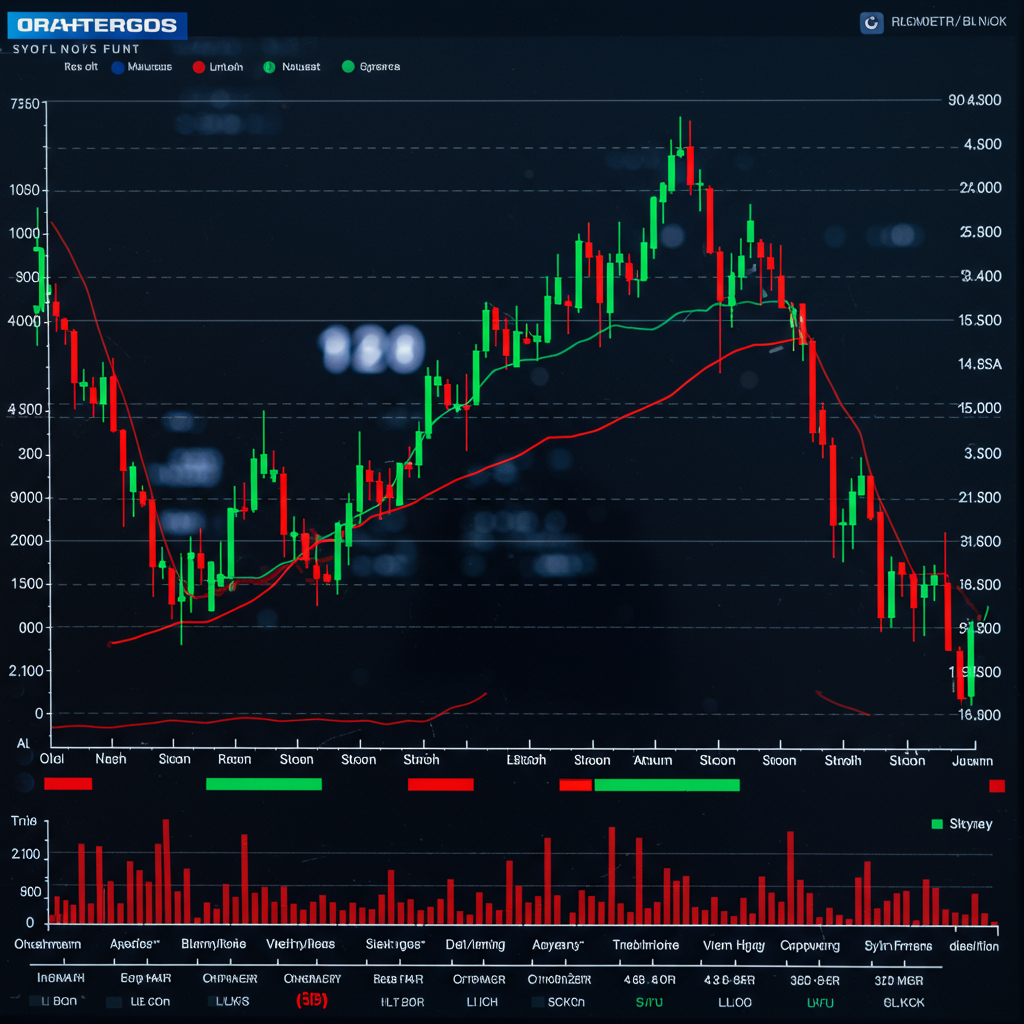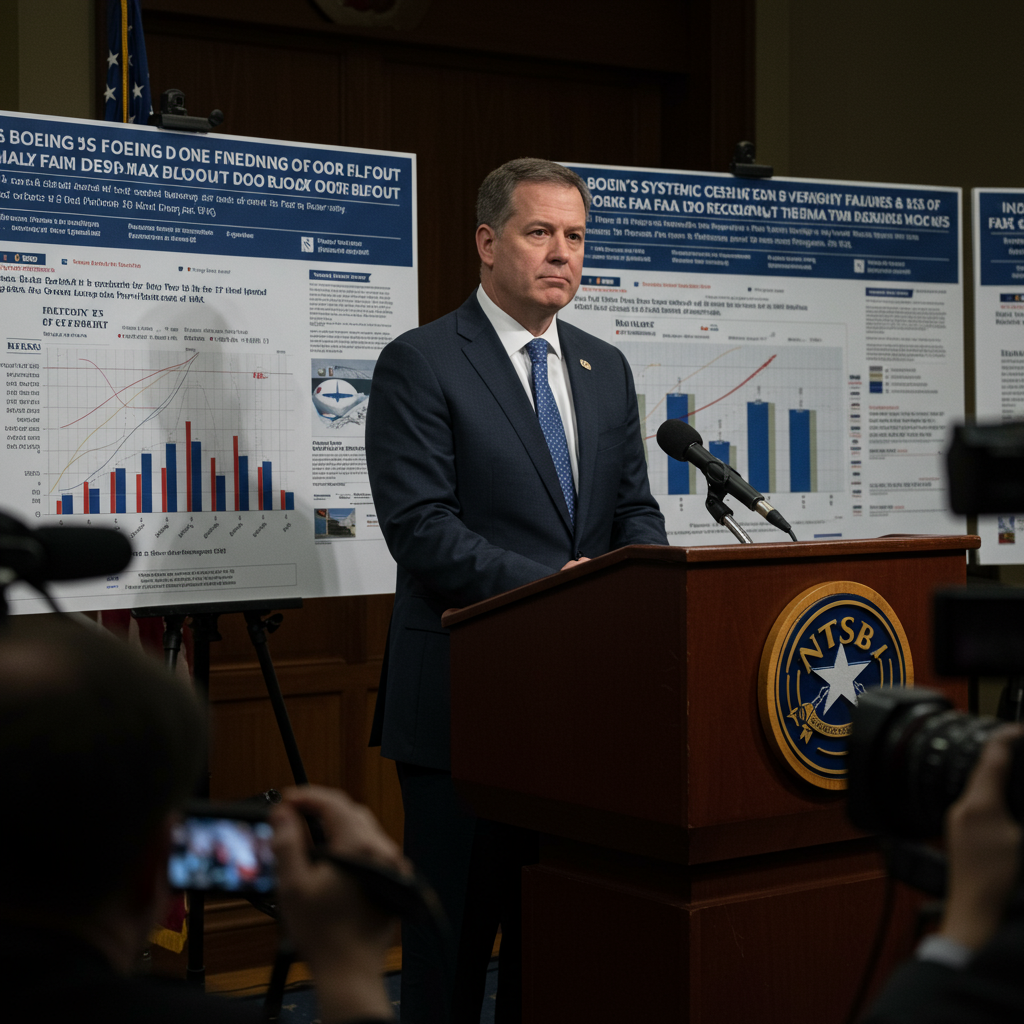The tech industry is experiencing a significant and rapidly widening compensation gap. While many software developers earn respectable salaries, a select group of artificial intelligence and machine-learning experts are commanding unprecedented pay packages. This emerging divide highlights the intense competition for specialized skills at the forefront of the AI revolution. The frenzy surrounding top AI talent is pushing compensation figures into territory rarely seen outside of executive suites or celebrity deals.
The AI Gold Rush: Unprecedented Pay for Elite Talent
Within the rarefied circles of machine learning, certain individuals are becoming akin to superstars. These are the researchers and engineers with deep expertise in developing foundational AI models or breakthrough applications. Their scarcity and strategic value are driving a fierce bidding war among tech giants and well-funded startups alike. Rumors of nine-figure compensation packages, once seemingly outlandish, now swirl around top departures and hires. This level of pay is not for typical coders; it targets an elite few perceived as essential to winning the AI race.
The intense demand for this highly specialized talent is fueled by massive investment in the AI sector. Venture capitalists and corporations are pouring capital into AI initiatives, sometimes valuing companies based on speculative excitement rather than traditional financial metrics – a trend some have termed “vibe valuing.” This influx of speculative capital enables companies to offer extraordinary sums to poach key researchers and engineers. Securing a recognized AI leader or a core development team is seen as critical to achieving ambitious valuation targets and gaining a competitive edge in a crowded market. The perceived potential returns from leading AI advancements are so high that extravagant talent costs appear justified to investors.
For instance, the departure of a former OpenAI researcher for Meta, a social media giant with significant AI ambitions, underscores this trend. While specifics remain private, the mere necessity for the individual to publicly clarify they hadn’t secured a $100 million deal illustrates the inflated expectations and intense environment surrounding these moves. This incident reflects the extent to which the market is valuing top AI capabilities, viewing individuals with proven track records at leading labs as invaluable assets.
The Stark Reality: Pervasive Pay Disparity in Tech
In stark contrast to the astronomical figures discussed for AI superstars, the vast majority of coders and software engineers experience a very different compensation reality. While tech salaries generally remain strong compared to many other professions, they are not seeing the same “ballistic” growth or multi-million dollar offers. The typical software developer’s pay is influenced by factors like experience level, geographic location, specific programming languages and technologies mastered, and the size and profitability of their employer.
Experienced developers working on established platforms, enterprise software, or web development are crucial to the tech industry. However, their skill sets, while valuable, are often less scarce than the highly specific, cutting-edge expertise required to train large language models or develop novel AI algorithms. This difference in scarcity is a primary driver of the widening pay divide. The market dictates higher premiums for skills that are both critical to future growth areas (like AI) and exceptionally rare among the workforce.
Factors Creating This Compensation Gap
Several intertwined factors contribute to the extreme pay disparity seen in the tech industry today:
Scarcity of Elite AI Talent
The number of individuals with the deep theoretical understanding and practical experience required to push the boundaries of AI is extremely small. This includes researchers who can develop new algorithms, engineers capable of optimizing and scaling complex models, and product leaders who can translate cutting-edge research into viable products. This limited supply meets overwhelming demand.
Intense Corporate Competition
Large tech companies like Meta, Google, Microsoft, and Amazon, along with numerous well-funded startups, are locked in a race to dominate the AI space. Acquiring key talent is a primary strategy to accelerate research, development, and product deployment. Companies are willing to pay almost any price to prevent rivals from hiring top individuals or to gain their expertise themselves.
Speculative Investment and Valuation Hype
As noted earlier, the influx of venture capital into AI, sometimes driven by speculative “vibe valuing,” provides companies with the funds to offer extravagant salaries and stock packages. The perceived potential upside of AI is so large that spending millions on a few key hires is seen as a necessary, even minor, expense to secure a potential multi-billion dollar return.
Proven Track Record and Reputation
Individuals who have played key roles in developing successful AI systems (like those behind ChatGPT or other prominent models) build immense reputations. This makes them instantly credible and highly sought after, allowing them to command higher leverage in salary negotiations. Their past successes serve as a strong indicator of future potential.
Implications for the Tech Job Market
This widening pay gap has several implications for the broader tech landscape:
Talent Migration: It encourages a “brain drain” from academia and non-AI roles towards companies willing to pay top dollar for AI skills.
Educational Focus: It incentivizes developers and students to specialize in AI and machine learning, potentially creating a future oversupply if trends shift.
Internal Disparities: It can create significant internal pay disparities within companies, potentially impacting morale among employees in non-AI roles who don’t see similar compensation growth.
Increased Overall AI Salaries: Even outside the “superstar” tier, the intense competition is likely pushing up salaries for all competent AI/ML engineers, though not to the extreme levels seen at the very top.
The current situation highlights how quickly market dynamics can shift based on technological breakthroughs and investment trends.
Is This Trend Sustainable?
The long-term sustainability of these extreme pay disparities is a subject of debate. If the speculative valuations in the AI sector correct, or if the supply of high-level AI talent increases significantly over time, the bidding wars might cool down. However, as long as the belief persists that elite AI expertise is a scarce resource critical to trillion-dollar markets, top talent will likely continue to command extraordinary compensation. The future will depend on the interplay between ongoing technological progress, market realities, and the continued flow of investment capital into AI.
Frequently Asked Questions
What kind of AI expertise commands the highest salaries?
The highest salaries are typically paid to individuals with deep expertise in foundational AI research, particularly in areas like large language models, deep learning architectures, and novel algorithms. This includes researchers with strong publication records and engineers who can implement, optimize, and scale these complex systems effectively. Companies are looking for individuals who can contribute to breakthrough developments, not just apply existing AI tools.
Which companies are known for paying top dollar for AI talent?
Major tech companies like Google, Meta, Microsoft, and Amazon, which have significant AI research divisions and product goals, are known contenders in the bidding wars for elite AI talent. Leading AI research labs and well-funded AI startups, particularly those with high speculative valuations supported by venture capital, also offer extremely competitive, sometimes record-breaking, compensation packages to attract and retain top experts in artificial intelligence.
How does the AI talent pay gap affect career choices for developers?
The extreme pay gap incentivizes developers to specialize in AI and machine learning, viewing it as a potentially lucrative career path. It may lead some experienced developers in other domains to reskill or pivot towards AI. However, it also creates a perception of an “elite” tier that is difficult to reach, potentially causing some developers to feel left behind if they don’t pursue AI specialization or lack the specific skills currently commanding top market value.
Conclusion
The tech world is currently witnessing a profound divergence in compensation. A small cadre of elite AI and machine-learning professionals are indeed “raking it in,” benefiting from their rare expertise, intense industry competition, and the influx of speculative capital into the AI market. Meanwhile, the vast majority of talented developers, though well-compensated by general standards, are not participating in this same level of extreme pay growth. This developing divide reflects the strategic importance currently placed on cutting-edge AI capabilities. As the AI landscape continues to evolve, how this compensation gap impacts the broader tech ecosystem and shapes future career paths remains a critical trend to watch.




